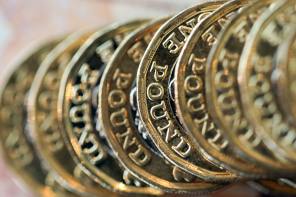
It will be the UK's third budget in a year and there is a gap in Treasury coffers that Hunt will be keen to fill.
The Treasury balance sheet is full of moving parts, and high inflation can both decrease the “fiscal hole”, by pulling more into tax bands, but also will make government debt more expensive due to the high proportion of it that is inflation-linked.
The chancellor has previously said that he wants public debt to fall as a share of gross domestic product in the next five years, and if he is to adhere to that he must raise between £40bn and £55bn in the next year.
Sunak and Hunt will be entering into a supermarket suite of freezing any and every tax allowance they can lay their hands onChris Etherington, RSM
Many of these are likely to be in the form of taxes, and we have taken a look at the most important changes that could be ahead.
Previous governments have looked at an increase in VAT as a way to generate significant revenues, however any increase in this tax would go against Hunt’s declaration that the higher tax burden should be placed on those who have the broadest shoulders.
The poorest fifth of the UK population currently pay 23 per cent of their income on indirect taxes compared with 9 per cent for the richest, according to the Office for National Statistics.
Any rise in the tax would also effectively push up inflation, which Chris Etherington, a tax partner at RSM, said would be akin to “a footballer throwing the ball into their own net”.
Instead, Etherington said, Sunak and Hunt will be “entering into a supermarket suite of freezing any and every tax allowance [they] can lay their hands on.”
Dividend tax
It has been previously reported that Hunt is looking at raising the dividend tax rate, cutting the tax-free allowance for dividends and changing the tax-free allowances for the capital gains tax.
The Treasury has been modelling a 1.25 percentage point increase in dividend tax across each tax band, raising the ordinary rate to 10 per cent, the upper rate to 35 per cent, and the additional rate to 40.5 per cent.
A potential dividend tax raise is yet another reminder to make use of ISAsJason Hollands, Evelyn
The current tax-free annual dividend allowance is £2,000, having been cut from £5,000 in 2017, and it may be reduced to £1,000 which could raise £455mn.




